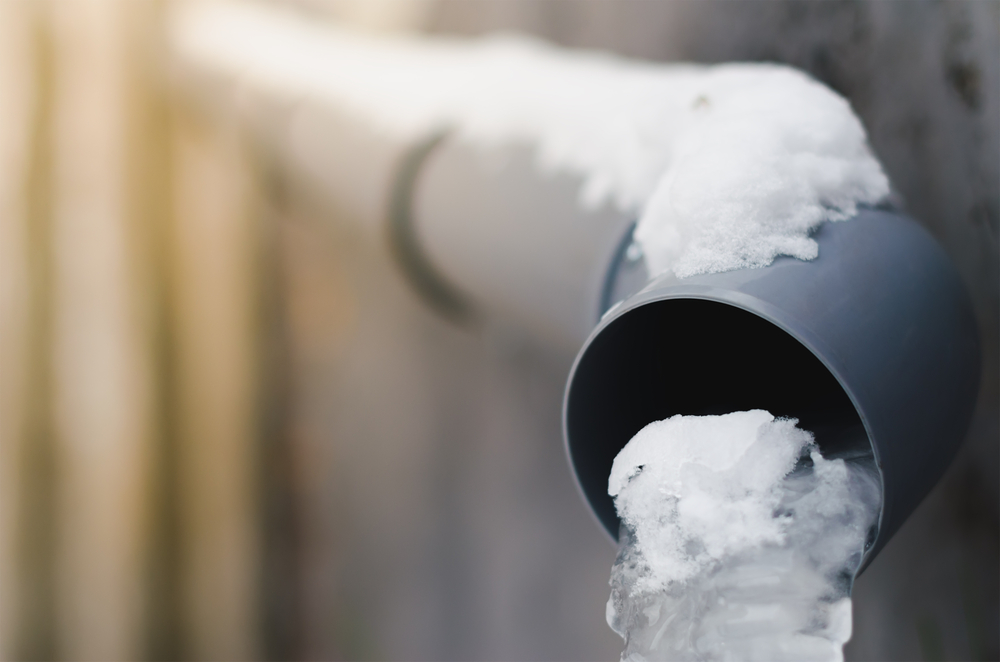Everyone may have their own unique way of thinking about 6 Ways to Prevent Frozen Pipes.

Cold weather can damage your pipes, specifically by freezing pipelines. Here's just how to avoid it from taking place and what to do if it does.
Intro
As temperatures drop, the danger of icy pipes rises, potentially causing costly repair work and water damages. Understanding just how to prevent frozen pipes is important for home owners in cold climates.
Comprehending Icy Pipelines
What causes pipes to freeze?
Pipes freeze when revealed to temperature levels below 32 ° F (0 ° C) for extended periods. As water inside the pipes freezes, it expands, putting pressure on the pipeline wall surfaces and possibly triggering them to rupture.
Dangers and damages
Frozen pipes can lead to water supply disturbances, residential or commercial property damage, and pricey repairs. Ruptured pipelines can flood homes and cause considerable structural damage.
Indications of Frozen Piping
Determining frozen pipes early can prevent them from bursting.
How to identify frozen pipes
Look for decreased water circulation from taps, uncommon odors or sounds from pipes, and noticeable frost on exposed pipes.
Avoidance Tips
Insulating prone pipelines
Wrap pipelines in insulation sleeves or make use of heat tape to secure them from freezing temperature levels. Focus on pipelines in unheated or external locations of the home.
Heating techniques
Keep indoor rooms sufficiently warmed, specifically locations with plumbing. Open cupboard doors to enable warm air to distribute around pipes under sinks.
Securing Outside Plumbing
Garden hose pipes and outdoor taps
Detach and drain garden hoses prior to winter months. Install frost-proof faucets or cover outdoor taps with protected caps.
What to Do If Your Pipes Freeze
Immediate activities to take
If you suspect icy pipes, maintain taps available to relieve pressure as the ice melts. Utilize a hairdryer or towels taken in hot water to thaw pipes gradually.
Long-Term Solutions
Architectural adjustments
Think about rerouting pipelines far from outside walls or unheated areas. Add extra insulation to attic rooms, cellars, and crawl spaces.
Upgrading insulation
Purchase premium insulation for pipes, attics, and walls. Correct insulation helps maintain constant temperatures and decreases the threat of icy pipes.
Final thought
Protecting against frozen pipes needs positive actions and fast responses. By comprehending the causes, indications, and preventive measures, house owners can shield their plumbing during cold weather.
5 Ways to Prevent Frozen Pipes
Drain Outdoor Faucets and Disconnect Hoses
First, close the shut-off valve that controls the flow of water in the pipe to your outdoor faucet. Then, head outside to disconnect and drain your hose and open the outdoor faucet to allow the water to completely drain out of the line. Turn off the faucet when done. Finally, head back to the shut-off valve and drain the remaining water inside the pipe into a bucket or container. Additionally, if you have a home irrigation system, you should consider hiring an expert to clear the system of water each year.
Insulate Pipes
One of the best and most cost-effective methods for preventing frozen water pipes is to wrap your pipes with insulation. This is especially important for areas in your home that aren’t exposed to heat, such as an attic. We suggest using foam sleeves, which can typically be found at your local hardware store.
Keep Heat Running at 65
Your pipes are located inside your walls, and the temperature there is much colder than the rest of the house. To prevent your pipes from freezing, The Insurance Information Institute suggests that you keep your home heated to at least 65 degrees, even when traveling. You may want to invest in smart devices that can keep an eye on the temperature in your home while you’re away.
Leave Water Dripping
Moving water — even a small trickle — can prevent ice from forming inside your pipes. When freezing temps are imminent, start a drip of water from all faucets that serve exposed pipes. Leaving a few faucets running will also help relieve pressure inside the pipes and help prevent a rupture if the water inside freezes.
Open Cupboard Doors
Warm your kitchen and bathroom pipes by opening cupboards and vanities. You should also leave your interior doors ajar to help warm air circulate evenly throughout your home.

I was made aware of that article about How To Avoid Freezing Pipes through someone on our other web address. Sharing is caring. You just don't know, you may just be helping someone out. Kudos for your time. Revisit us soon.
Call Today